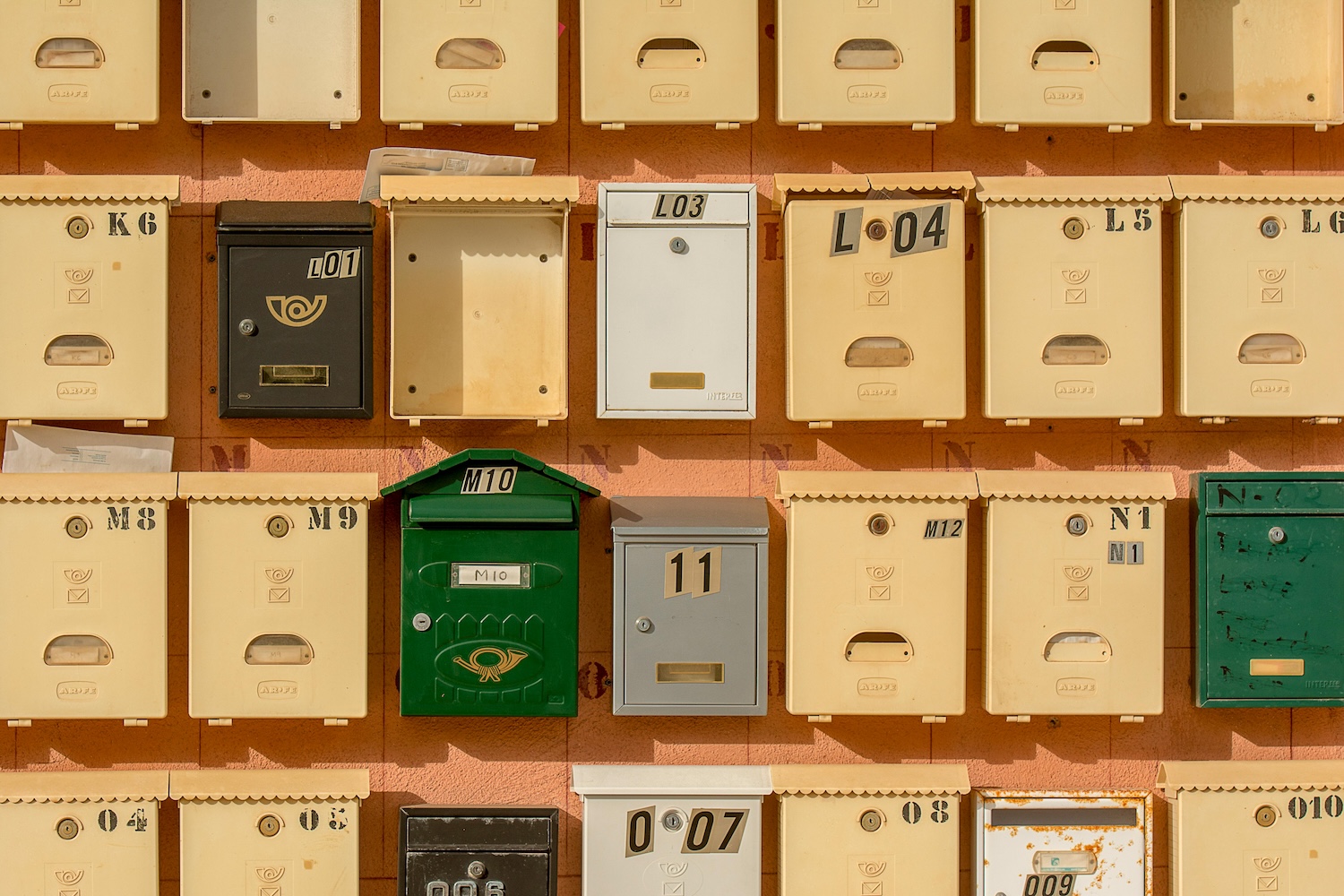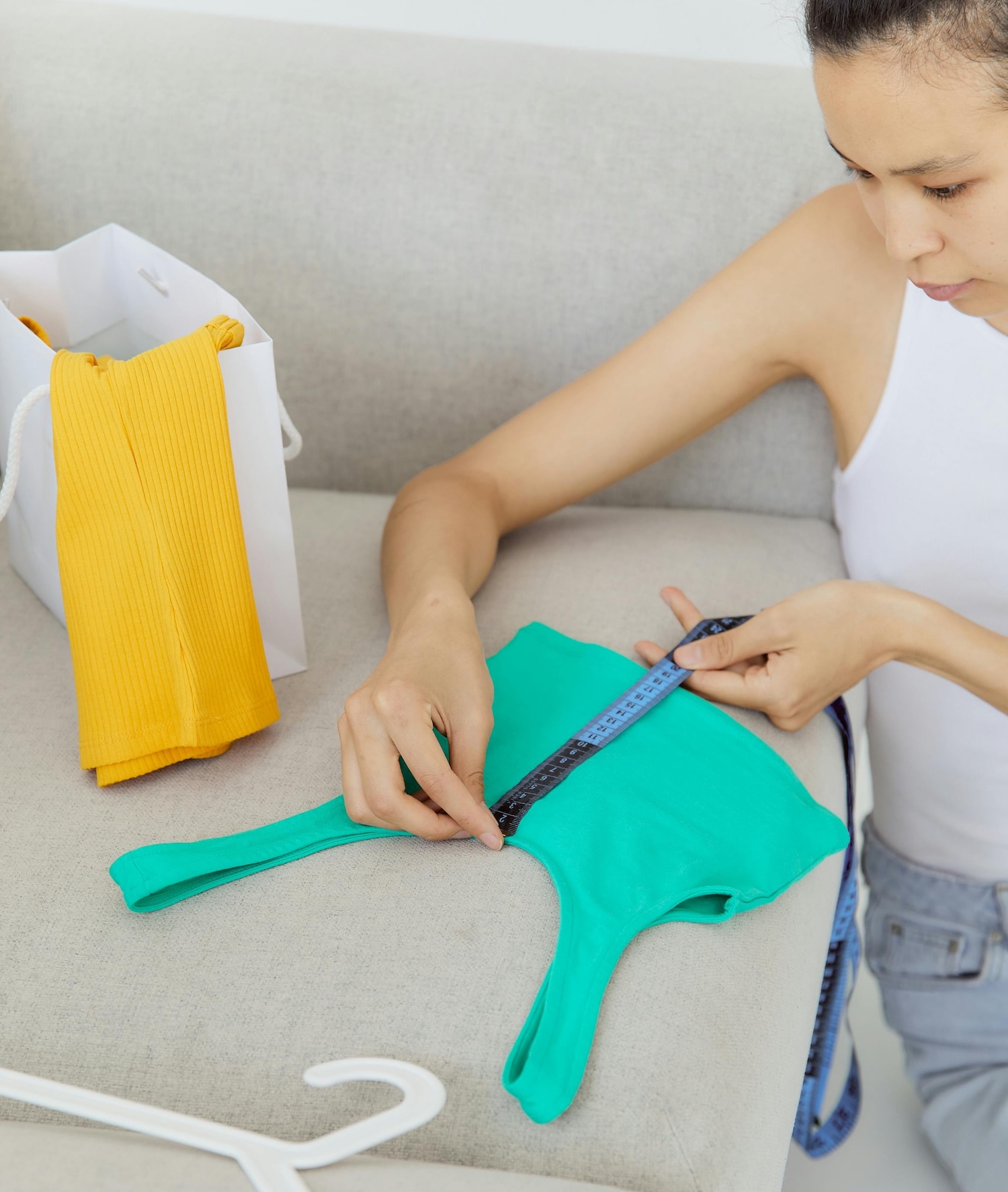
Factory-farmed or fresh-caught: why bulk vintage is threatening our ecosystem
Buying vintage clothing in bulk is gaining steam as an income stream for some resellers. But when the bales are assembled in places with unethical labour practices — and billed as a sustainable choice to consumers downstream — it devalues the work of vintage pickers everywhere, says columnist Genevieve Smith
Do you prefer your vintage factory-farmed or fresh-caught?
Never thought I would have to ask that, but here we are.
The reseller market has grown astronomically over the last few years, and with growth comes complications. Has what was once a great way to shop locally, find better prices, and keep clothing out of landfills become the next virtue-signalling capitalist racket?
Some resale establishments have decided that hunting amid regular sources of secondhand clothing to be ineffective on a large scale.
Their main complaints? Too much fast fashion at the thrift store. Too much time invested searching for pieces to turn a profit. Not enough grail finds to go around.
Not enough money to be made in hunting for it themselves, essentially. What a bummer it is to discover that finding good things takes hard work.
If it was easy, wouldn’t we all run a vintage store?
I’ll admit, it is hard to find good stuff at the thrift store. It’s been flooded with fast fashion discards from influencers’ online shopping “hauls” (this term is reserved for those who order more than they could ever possibly wear, and is primarily used as a marketing tool as the clothes are almost never worn).
The large chain thrift stores are also learning that they have what the consumer wants, and are able to monopolize on that, pricing items that they’ve received for free at the highest possible profit margin.
I have seen shirts with original Walmart price tags boasting CA$9.99 being resold for CA$14 at my local Value Village. Value Village is a for-profit company and a larger U.S. investment capital firm is its majority shareholder. It’s no wonder that resellers don’t want to source there.
Yard sales? You get up too early, they’re too far apart, there’s too much risk of junk when you’re looking for gold, and they lack organization. I get it.
Estate sales? Same issues — lack of accessibility is also a key factor, as you often need a vehicle to find these widely spread home goods auctions, and, for the apparel reseller, there is again no guarantee there will be clothes to sift through.
You spend your time, energy and gas sorting through properties that in the end might not even have what you’re after.
Rag houses and by-the-pound clothing houses remain an option, but they too, have their thorns. They are incredibly competitive to get into, and once a picker is established on the line, it’s their spot — no butting, no buying in, no room for more pickers.
That, and for smaller business owners, the multi-thousand dollar minimum buy-in is completely unrealistic. They simply don’t have the capital to invest in a weekly spend at a rag house, which in turn limits earning potential.
We’ve established that it’s harder than you think to find good sources for secondhand clothing. Enter the bulk online retailer.
Farmed vs. fresh vintage
Drawing parallels between industrial farming versus foraging, I use the term factory-farmed to refer to bulk vintage the same way I use fresh-caught to signify found in the “wild”.
If locally sourced vintage is fresh-caught, then bulk vintage is its farmed equivalent: found at third-party sorting facilities around the world that feature exploitative labour practices.
Sure, they’re old clothes. Yes, they didn’t end up in the landfill. But they also came from a highly problematic source. Is purchasing bulk vintage sorted in massive factories any more ethical or environmentally sound than purchasing fast fashion?
Let’s get into it.
Continued below
Find vintage and secondhand markets near you
View event calendar
Picture bulk vintage retailers like industrially farmed food: you get more for your money, but at what cost?
The textile tradeoff is terrifying. The overseas sorting facilities where bulk vintage is sorted for resale feature the same unethical labour practices as the production lines for fast fashion brands: long hours, lack of health and safety regulations, unfair wages, and very few workers’ rights.
All resellers who pick from rag houses know the reality of sorting in less-than-ideal locations. The key difference here, besides having rights, is that pickers on a local line are curating for their shops, whereas the sorters in overseas industrial sorting facilities are simply grouping for two categories — industrial and “vintage.”
There’s no real finesse to these categories, as they simply serve to differentiate between clothes that will be resold at a low cost, and those that they think they can price higher simply because they are old.
It isn’t a matter of taste — there is no personality, no brand, no understanding of the audience or timely nods to current trends. The assumption is that because it’s old, they can bulk-ship it back to the consumer for astronomically more money. And they’re right.
Now consider the reseller who uses these online sources of product. Their ecological footprint has skyrocketed due to the weight and size of these parcels, which ship by sea or air and contribute to emissions in a way that local pickers do not.
Beyond that, their time, efforts and costs are kept incredibly low, while the pricing of their inventory remains relatively high. This is a profit margin that I would argue goes against the ethics of the majority of secondhand-goods resellers.
Transparency or trickery?
Individual resellers put a lot of effort, time and money into finding ethically sound ways to source inventory, and bulk shipping clothes from dubious sources isn’t one of them.
It takes skill, consistency and effort to curate and collect worthy pieces. It takes a shipping address to sell bulk vintage.
The shipping is enough to discredit this practice as sustainable, but the conditions in which the clothes were sorted is the real issue.
How would consumers feel knowing that their vintage Levi’s were being sorted at a facility that treated their workers unfairly, shipping overseas and back again, and they paid a premium for them, despite having the option to ship 50 pounds of vintage denim to their own door for the same price?
If resellers are buying pounds upon pounds of vintage for low prices, shipping them around the world, and then pricing them as though they were painstakingly unearthed from somewhere cool, how are they any different from any other big-box retailer looking to make quick profit?
Buy low, sell high — a tale as old as time. The only difference is, positioning yourself as someone who cares about the environment doesn’t work for me when you’re bulk shipping what you claim to have “rescued.”
If you got into the reseller game to make money, the joke’s on you, I guess. I source locally to be able to offer fair prices for beautiful things in my community that otherwise would get shipped to a sorting facility or end up in landfill.
If you’re ordering your vintage bulk from other countries, and charging people too much money for it, that says a lot more about your ethics than your taste in jeans. If you can’t find anything good to sell, maybe this just isn’t the job for you, babe.
Genevieve Smith is a fashion stylist, writer and founder of Gifts of Thrift. As a yard sale enthusiast, thrift store supporter, and die-hard environmental entrepreneur, she has spent the last two decades trying to figure out how to convince people it is, in fact, cooler to care. Her bimonthly column for The Vintage Seeker, ThreadFul, covers the intersection of thrifting, secondhand fashion, ethical style and sustainability.
Thank you for valuing our work!
Support our work to see this page.
You’ve got a good eye, but this gem is only available for members. Register for a plan or upgrade your current one to peek behind this vintage curtain, or log in below.















